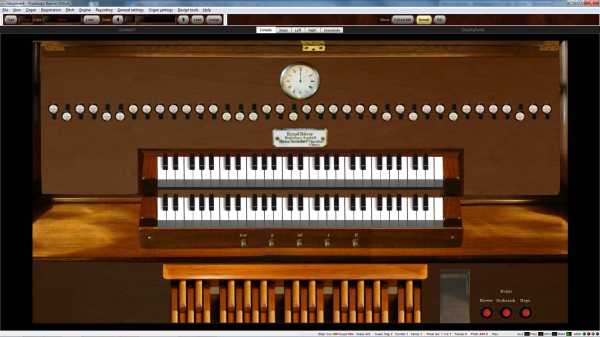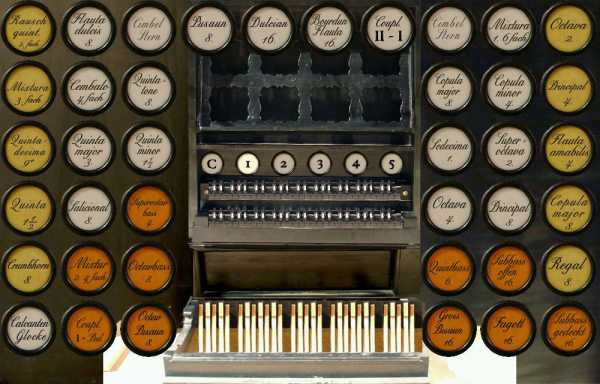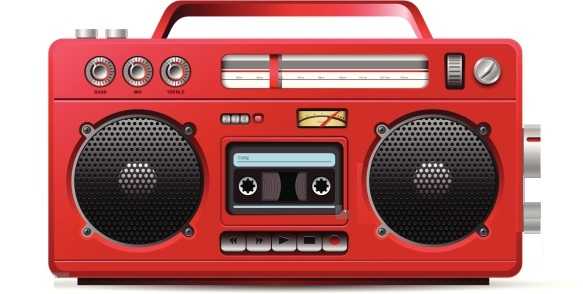Röver Organ Ditfurt/Germany HAUPTWERK
P2P | Nov 04 2016 | 3.49 GB
The organ of the St. Bonifatius church in Ditfurt/Germany has been built by Ernst Röver in 1903. Röver was one of the foremost organ builders in the eastern parts of Germany of the late romantic area. More than 60 of his organs are still in existance in this area of the contry. Rövers organs are characterized by a large number of foundation stops of different tonal colors, mixtures without breaks and a sparing use of reeds. For this organ this means that about 2/3 of all stops are 16′ and 8′ stops providing the organist with a huge pallette of sounds. Both mixtures are straight without breaks, and the organ uses only two reeds, the Hauptwerk trumpet and the powerful Pedal Posaune.
Viewed 4499 By Music Producers.












